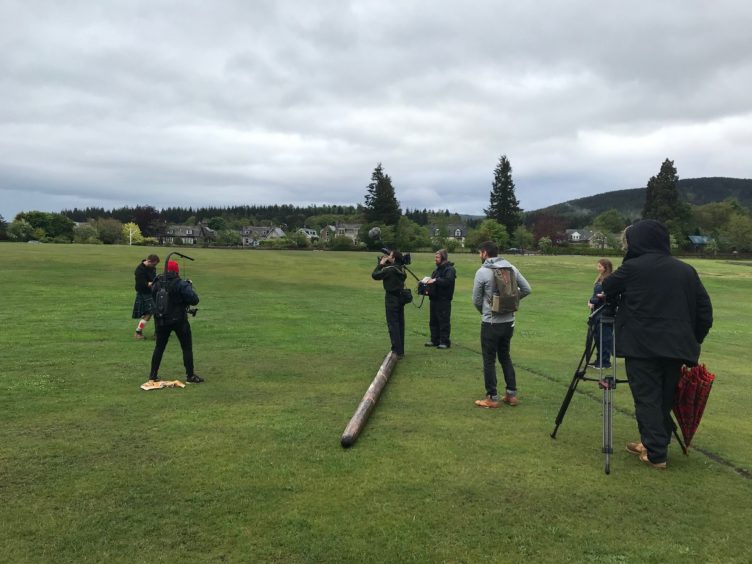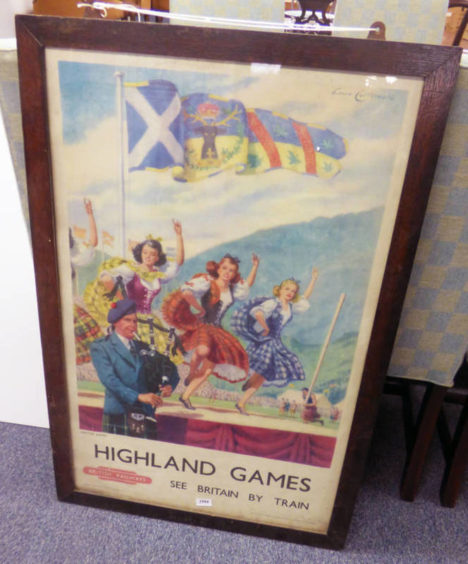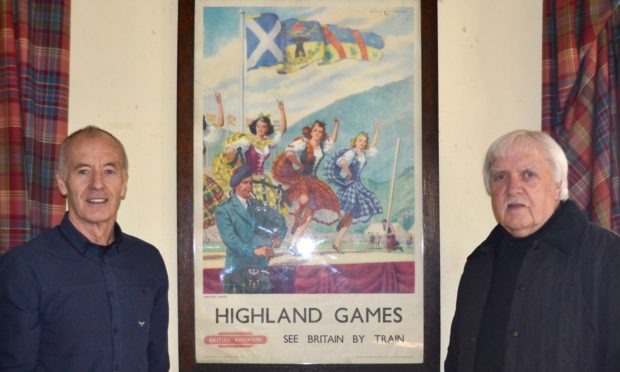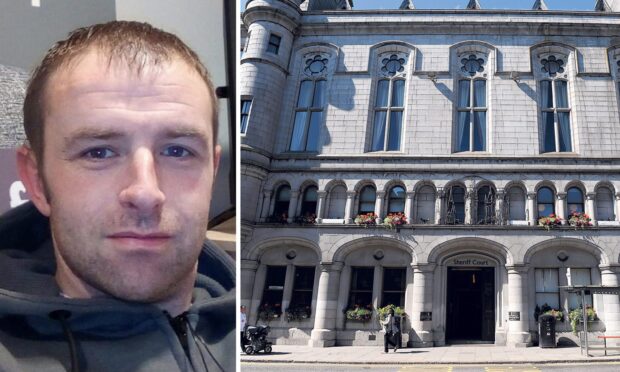It was an express delivery which helped carry thousands of people to a famed north-east festival.
And now, the pivotal role the railway had in supporting the Aboyne Highland Games will feature in a new TV documentary next Friday.
The fourth episode of the Channel 5 series, Walking Britain’s Lost Railways, presented by engineer Rob Bell, focuses on the Deeside railway and its links to the annual event.
Games organisers were approached to feature in the programme after purchasing at auction a framed vintage poster depicting the games.
This striking piece of ephemera was one of a series commissioned by British Railways in the 1950s.
The Deeside railway originally opened in 1853, with the final stretch to Ballater entering service in 1866.
During the first 100 years of the event, first held in 1867, special services ran from Aberdeen and Ballater to take spectators to Aboyne.
The scene in the poster was painted by renowned artist Lance Cattermole in 1953. It depicts three female Highland dancers wearing the Aboyne Dress, which had been introduced the previous year, while a piper plays.

The Evening Express reported on the poster’s creation by saying: “While the Aboyne Games were being run this year, a lynx-eyed gentleman moved quietly about the grounds watching, getting angles, photographing in his memory the colourful scene.”
It noted that British Railways would display the poster “all over England, Ireland and Wales” and also in America, Canada and most European countries.
Coincidentally, when the games committee returned to Aboyne with the item, they discovered it had been presented to their predecessors more than 50 years earlier.
On the reverse of the poster, mounted in a wooden frame bearing the inscription LNER, a notice reads: ‘Presented to Aboyne Games committee, 26th February 1966, on withdrawal of passenger train services between Aberdeen and Ballater’.

The story attracted the attention of the producers of the TV series, who approached the games organisers and asked them to be involved in the programme.
Secretary of Aboyne Highland Games, Morag McBeath, chatted to Mr Bell about the railway’s role in the event’s evolution, while heavy athlete Jamie Dawkins gave some insight into the different competitions.
She said: “When we decided to bid on the railway poster at auction, we never expected to end up featuring on a national TV documentary.
“The role the Deeside Line played in the growth of Aboyne Highland Games cannot be underestimated. It provided an efficient and reliable means of mass transportation at a time when the horse and cart or bicycle was the only alternative.
“Thousands of visitors, and also members of the Royal family who attended in the 1880s, travelled to the games by rail.”
The programme is on Channel 5 at 8pm on Friday, April 10.










